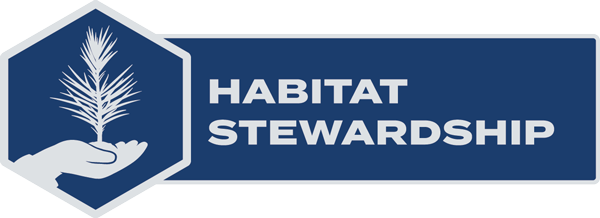
Since 1984, RMEF and its partners conserved or enhanced more than 8.9 million acres of wildlife habitat.
Specific to fire-related treatments, RMEF helped complete approximately 1,500 lifetime projects across 1.6 million acres of habitat in 23 states.
What Recent Research Tells Us
What is Fire Suppression?
No Fire = Poor Forest Health
Slowing Catastrophic Wildfires
What Recent Research Tells Us
- Fire suppression makes wildfires more severe and accentuates impacts of climate change and fuel accumulation: Nature Communications (2024)
- Large-scale study on post-wildfire regeneration and the benefits of forest management to prevent catastrophic wildfires: Proceedings of the National Academy of Sciences (2023)
- A synthesis of 127 studies showed landscape-scale fuel treatments reduced negative outcomes of wildfire: Rocky Mountain Research Station (2023)
- Post-Wildfire Logging Reduces Fuel Loads, Risk of Future High-Intensity Fires: : Pacific Northwest Research Station (2022)
- Fire Can Be Our Friend, Unless We Don't Use It First: Missoula Fire Sciences Laboratory (2022)
- Science says thinned forests are healthy forests: Pacific Southwest Research Station (2022)
- Removal/thinning encroaching conifers benefits sagebrush-steppe ecosystems, sage grouse: Ecosphere (2021)
- Thinning & prescribed burns help forests survive wildfires: Journal of Ecological Applications (2020)
- Prescribed burns help restore healthy forests & ecosystems: Fire (2019)
- Prescribed fire helps mitigate future fires & assists long-term ecosystem resilience: Science (2019)
- Small natural fires increase plant diversity & benefit native pollinators: Ecology and Evolution (2020)
- Post-wildfire thinning, prescribed burns benefit wildlife habitat & forest health: Pacific Northwest Research Station (2018)
- Fire triggers new growth that produces quality forage 'approximately equivalent to that of irrigated agriculture' for elk, other animals: Journal of Wildlife Management (2018)
- Removing conifers benefits aspen stands and understory plant communities: Forest Ecology and Management (2017)
Fire Suppression - What is it and why did it happen?
Devastating fires like Wisconsin’s 1871 Peshtigo Fire, the deadliest in American history that claimed at least 1,200 lives, and the Great Fire of 1910, which scorched almost three million acres in Idaho, Montana and Washington over three days, helped cement fire suppression. By 1935, the U.S. Forest Service implemented its “10 a.m. Policy,” with a goal of stomping out all wildfires by 10 a.m. following the morning of their discovery. And in 1944, Smokey Bear made his debut with what’s become the longest-running public service campaign in U.S. history. It initially ingrained the message that any fire is a bad fire.
When Fire is Bad
Hot-burning, high-intensity or catastrophic wildfires can destroy plants, root systems and the dead plant material like twigs, leaves, bark and needles that sit atop the ground protecting the soil beneath from erosion. High intensity fires can also trigger the proliferation of noxious or invasive plants or weeds and ruin water quality in streams and rivers. Additionally, they cause the soil to repel water which again leads to soil erosion, especially during severe rainstorms and heavy snow runoff, flooding and the decimation of water quality.
When Fire is Good
Prescribed or controlled burns seek to replicate the results wildfires have traditionally brought forth, but in a measured and calculated fashion. Ignited by highly trained fire managers under specific conditions, they are a way to reap fire’s natural benefits while eliminating much of the uncertainty, risk and cost.
Prescribed fire acts to refresh the system by returning nutrients to the soil, stimulating plant growth and restoring forest health and resiliency. It safely reduces hazardous fuel build-ups while helping to control pests, diseases and invasive species. It improves habitat for everything from butterflies to bull elk. Regarding elk, fires help jumpstart grasses, forbs and browse which improves the health of the herd.
No Fire = Poor Forest Health
Without flames, forest health nosedives. Elk and other wildlife pay the price for decades of fire suppression in the form of less forage and unfriendly habitat. Thick, mixed pine forests and conifers invade aspens stands and huge swaths of sagebrush-steppe habitat. Those overly dense tree stands create canopies that block the sun from allowing its rays to reach the forest floor below. As a result, native grasses and vegetation, so vital for elk, give in to invasive growth.
Keeping fire off the landscape leads to the growth of smaller trees and shrubs that serve as ladder fuels up into the tops of older trees. Additionally, downed and decadent material litters forest floors which chokes out native forage while also lingering as potential fuel for wildfires.
Wildfire Restoration Helps Wildlife and Landscapes
Forest managers and scientists agree that executing active forest management techniques such as prescribed burns, thinning and other treatments enhance habitat for elk and other wildlife while also improving overall forest health.
NORTH FORK POUND LAKE PRESCRIBED BURN - Restoring Elk Country
In 2022, as part of a concerted effort to support elk and other wildlife in the East, RMEF and its partners allocated more than $1.45 million over two years for 15 projects, including this one. In early 2023, crews ignited a prescribed fire west of Pound, Virginia, and south of Jenkins, Kentucky, along the border shared by the two states in the heart of the elk range.
The result of the prescribed burn reduces competition for the regeneration of oaks and yellow pines so key to the region, while also stimulating growth of blueberries, huckleberries, blackberries and other leafy native vegetation and grasses. Not only is this good news for elk, but also for deer, black bears, small mammals, turkey, upland birds and songbirds. And improved wildlife habitat means improved hunting opportunity.
Slowing Catastrophic Wildfires
Active management projects aren't intended to all prevent wildfires. These projects allow natural fire to occur in a way that reduces the risk of catastrophic, earth-scorching fire while also preventing structure losses. This allows habitat to regenerate as nature intended.
In 2021, the Bootleg Fire scorched more than 413,000 acres of forestland in southern Oregon. Flames jumped from treetop to treetop as the fire tore across the landscape. However, fire activity slowed and dropped to the ground after hitting an area that previously received thinning operations. That allowed firefighters an opportunity to get on the ground and turn the fire away from a research station.
In 2017, the Boyds Fire burned an estimated 4,700 acres of timber and grass understory in northeast Washington. It threatened homes, businesses and power lines that provide electricity to nearby residents. But the flames slowed after hitting forestland previously treated with prescribed burn and thinning projects, allowing firefighters to make a successful stand.
Putting Dollars on the Ground
Most Recent Projects
As of April 2023, RMEF and its partners awarded 41 wildfire restoration grants to 10 states from 2021 to 2023 with work continuing through 2025. Below are the most recent 2023 projects slated to receive support.
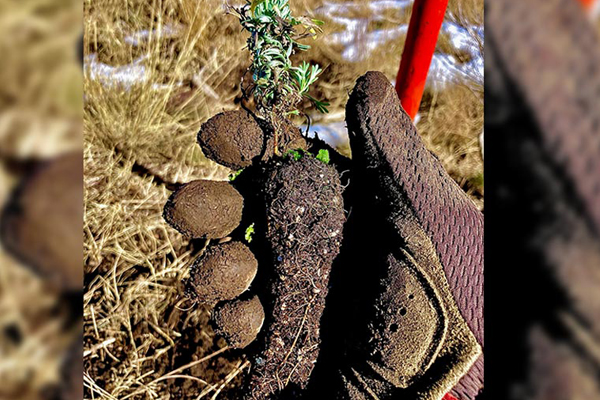
Nevada
Wildcat Wildfire Antelope Bitterbrush Planting - Humboldt-Toiyabe National Forest
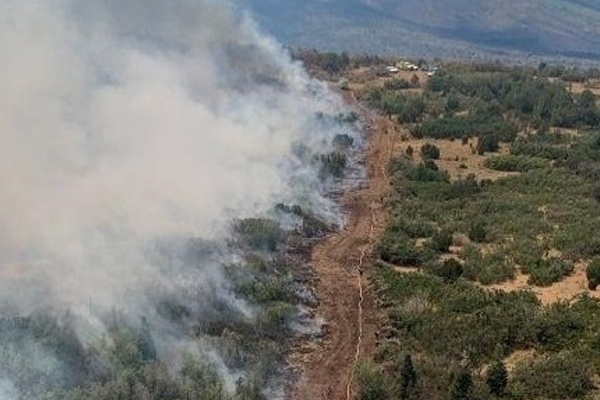
Utah
Halfway Hill Wildfire Rehab & Stabilization – Fishlake National Forest, BLM Color County District, Fillmore Wildlife Management Area & private land
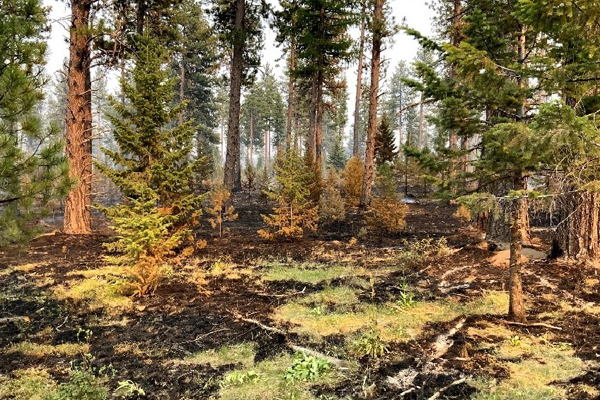
Washington
Lick Creek Wildfire Native Grass Reseeding – Asotin Creek Wildlife Area (Washington Department of Fish and Wildlife)
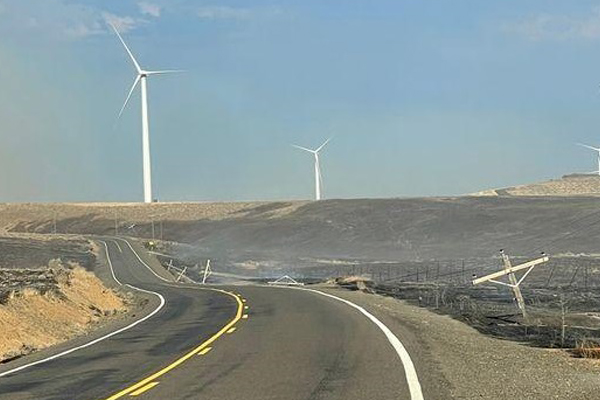
Washington
Vantage Highway Wildfire Restoration – L.T. Murray Wildlife Area (Washington Department of Fish & Wildlife)
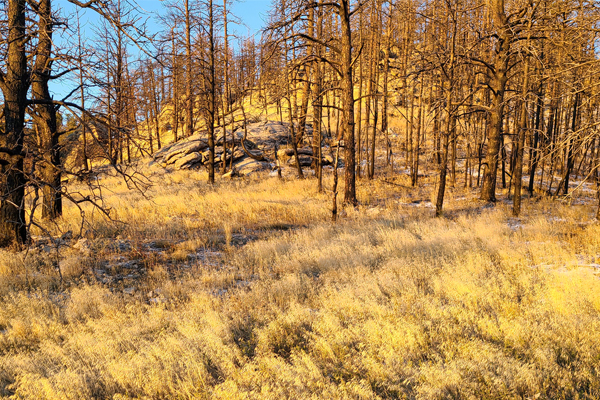
Wyoming
Ryan Wildfire Cheatgrass Treatment – Medicine Bow-Routt National National Forests & Thunder Basin National Grassland
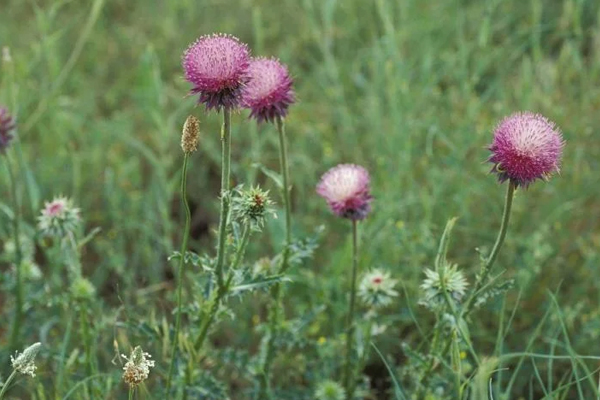
Wyoming
Mullen Wildfire Musk Thistle Control in the Platte River Wilderness – Medicine Bow-Routt National Forests
How you can help do more
Join or Donate Today
When you join or donate to RMEF, you provide critical funding to ensure that RMEF can continue to be good stewards of the land long into the future.
Volunteer
RMEF volunteers play an important role in improving habitat for elk and other wildlife as hundreds commit annually to remove hazardous fencing, install wildlife water sources, plant native seeds and saplings, and carry out other habitat enhancement work.
New volunteer opportunities arise regularly. When you submit your information below, it goes straight to local representatives in your area who will contact you about opportunities that may be available.